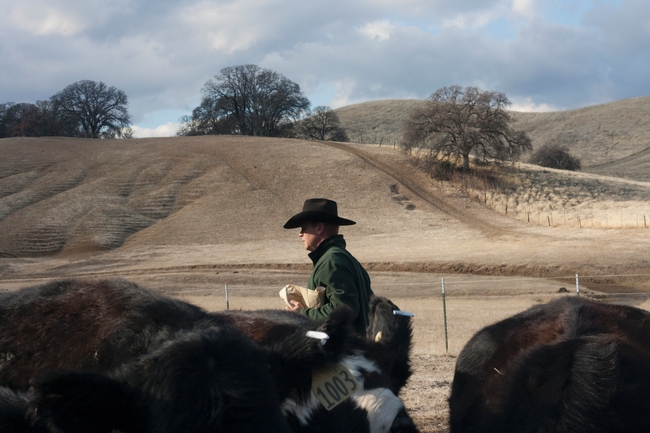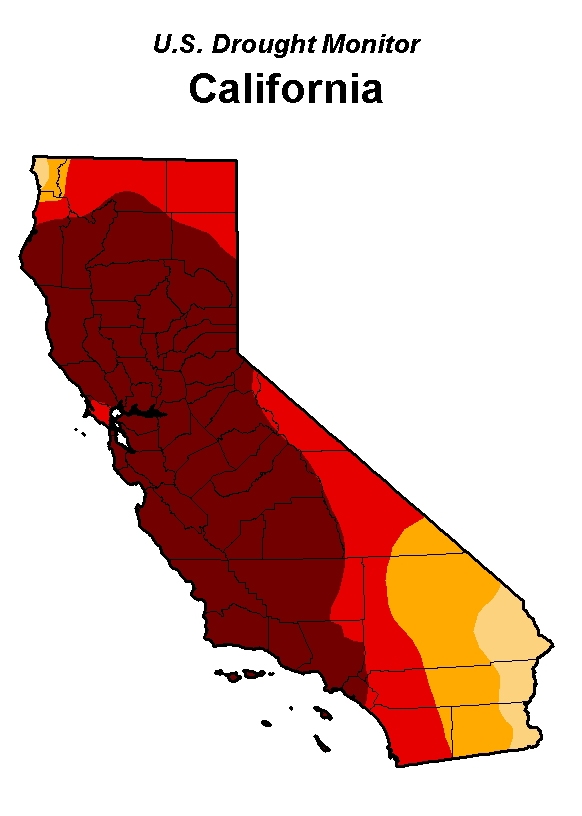Ranching and California's drought: A workshop & webcast
These concerns and more are being discussed at an upcoming meeting called “Ranching and California's Drought” a public workshop and webinar to be held on the UC Davis campus Nov. 7 and broadcast at local satellite locations throughout the state.
Drought experts from a range of organizations will open the dialogue with ranchers, to discuss the science and the policies of how drought is declared and mapped in California. UC Davis researcher Leslie Roche will present new insights from an extensive study, having surveyed and interviewed ranchers throughout the state. Other topics include new feeding strategies, how ranchers can qualify for drought relief assistance and a seasonal forecast from the state climatologist. The workshop will be a learning opportunity for researchers as well.
“There are impacts of drought on a ranch that these models are blind to or just can't integrate,” says UC Davis Cooperative Extension specialist Ken Tate, one of the meeting organizers. “But these things need to be integrated into policy.”
As an example, he explains how late April showers in northern California gave this year's totals a deceptively positive review: “It may not look like that big of a drought on the annual forage production basis, when in reality it was horrendous in December and January,” he says. “April rain and forage were too late to save the day.”
The forum will allow Drought Monitor experts to better integrate local knowledge into their analysis and decision making, Tate says, adding: “They're really open and really interested in having these conversations.”



